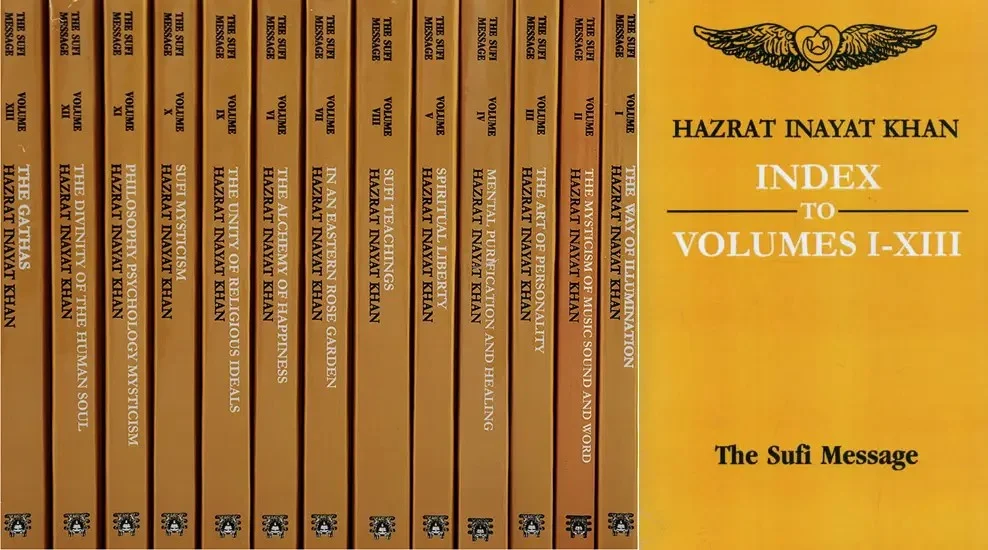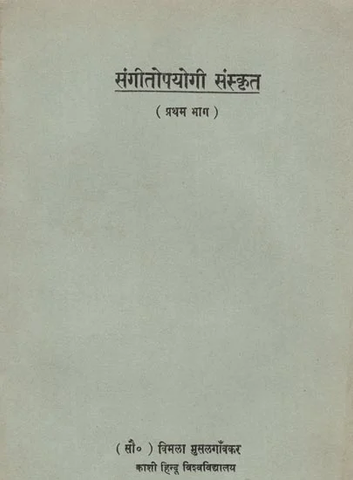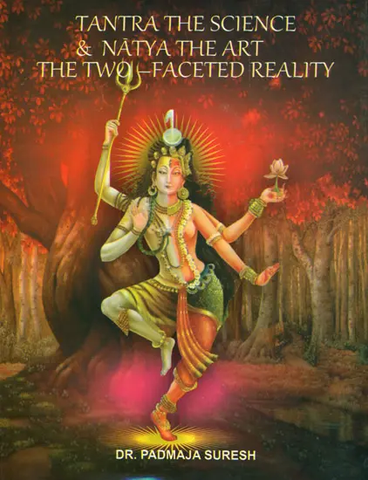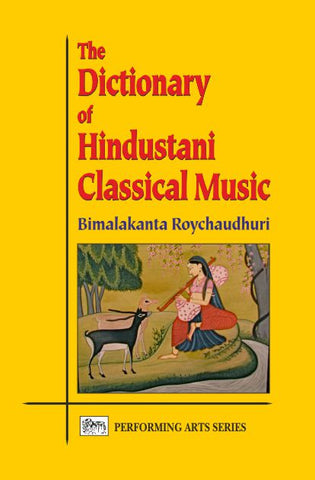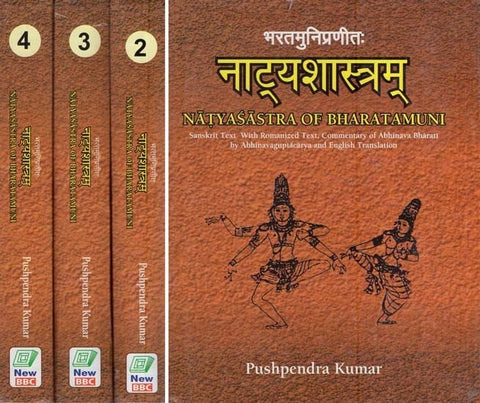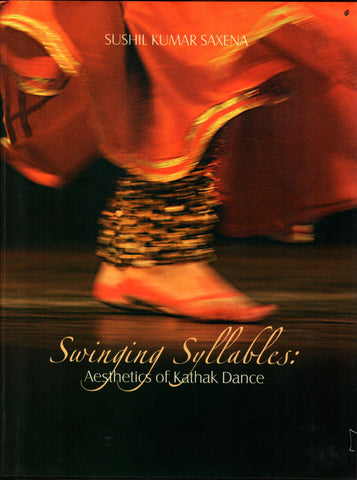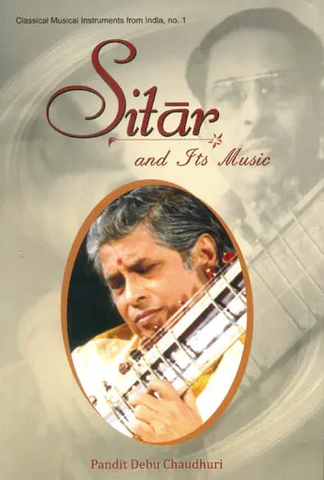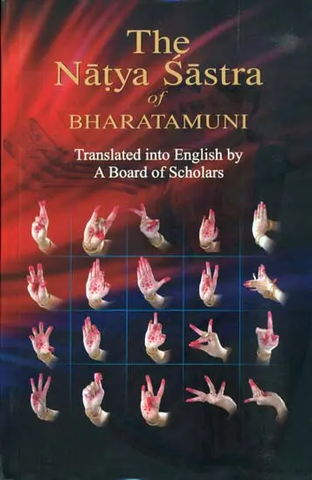Your cart is empty now.
| INTERNATIONAL | XS | S | M | L | XL | XXL | XXXL |
|---|---|---|---|---|---|---|---|
| EUROPE | 32 | 34 | 36 | 38 | 40 | 42 | 44 |
| US | 0 | 2 | 4 | 6 | 8 | 10 | 12 |
| CHEST FIT (INCHES) | 28" | 30" | 32" | 34" | 36" | 38" | 40" |
| CHEST FIT (CM) | 716 | 76 | 81 | 86 | 91.5 | 96.5 | 101.1 |
| WAIST FIR (INCHES) | 21" | 23" | 25" | 27" | 29" | 31" | 33" |
| WAIST FIR (CM) | 53.5 | 58.5 | 63.5 | 68.5 | 74 | 79 | 84 |
| HIPS FIR (INCHES) | 33" | 34" | 36" | 38" | 40" | 42" | 44" |
| HIPS FIR (CM) | 81.5 | 86.5 | 91.5 | 96.5 | 101 | 106.5 | 111.5 |
| SKORT LENGTHS (SM) | 36.5 | 38 | 39.5 | 41 | 42.5 | 44 | 45.5 |
Delivery and Shipping Policy
- INTERNATIONAL SHIPPING
- Rs.1000-1100/kg
- ESTD. Delivery Time: 2-3 weeks (depending on location)
- Bubble Wrapped with Extra Padding
- NATIONAL SHIPPING
- NCR: Rs. 30/half kg
- Standard: Rs. 80/half kg
- Express shipments also available on Request
- ESTD. Delivery Time: Ranging from 1-4 days up to 7 business days (Depending on your choice of Delivery)
- TRACKING
- All orders; national or international, will be provided with a Tracking ID to check the status of their respective orders
- Depending on the Shipping Service, Tracking ID may be used on their respective tracking portals
Have a question?
VOL 1
The Way of Illumination inspires the reader with its Sufi philosophy, cast in a modern and universal form, on the purpose of life, the inner side of life in conjunction with life in the world. It sheds light on the essence of our nature, being of Divine origin. Hints are given as to what and how the Sufi way, with the help of ~ a spiritual guide, can contribute to one's spiritual and religious development.
This is the first volume of the Indian edition of all the works intended for the publication of Hazrat Inayat Khan, the great Sufi mystic who lectured and taught in the Western world from 1910 until his passing away in 1927. This volume contains four parts: The Way of Illumination; The Inner Life; The Soul, Whence and Whither?; The Purpose of Life. "What is a Sufi? Strictly speaking, every seeker after the ultimate truth is really a Sufi, whether he calls himself that or not. Everybody can be called a Sufi either as long as he is seeking to understand life, or as soon as he is willing to believe that every other human being will also find and touch the same ideal. When a person opposes or hinders the expression of a great deal, and is unwilling to believe that he will meet his fellow men as soon as he has penetrated deeply enough into the very soul, he is preventing himself from realizing the unlimited. "
The Way of Illumination is a beautiful introduction to some major aspects of the universal Sufism of Hazrat Inayat Khan. The four parts include three of his earlier publications, The Way of Illumination, The Inner Life, and The Purpose of Life. Besides it contains a crucial treatise on the being of man The Soul, whence and whither'! which was given in the early 'twenties.
The title essay, The Way of Illumination, is a succinct presentation of his earlier teachings of Sufism. Much of it you will find elaborated in the further volumes of this series. It very much serves as a first guide both to those who seek inner guidance and initiation in the inner school as to those who simply seek inspiration and attunement, for finding deep in oneself the spirit of the Self which essentially is the everlasting Life.
The Inner Life sheds further light on this journey of seeking and finding, going on in an upward spiral, and donning one's life with ever-growing insights and overwhelming views. The inner life is not separate from the outer life. Nor does it require leaving the world and renouncing all pleasures and comforts. It is the enrichment of life with qualities that will last, with a source of energy and love that is truly your own, permanently available if we but know how to tap it.
The Purpose of Life presents a further elaboration of the relationship between inner and outer life. What are we seeking for ? Life? Knowledge?Power? Happiness? Love? Yes, sure. But do we find it? Yes, we do. At least it appears so. But it slips out of our hold sooner or later. It is not in our control. We depend upon things outside ourselves. Let us find our real being. All is to be found there, inside ourselves. And yet, if our purpose would only be for ourselves, where do we go? What is this all for? who is that being which is ourselves? The purpose of life is in the ideal. It is in serving one's fellow men, in realizing that God is everywhere, in ourselves, in our fellow man, inside and outside, everywhere, anywhere. To realize this deeply is the purpose of life.
This is further presented in The Soul. A beautiful book describing the soul's journey from its divine origin to manifestation going through the worlds of heart and mind before being born on earth; the nature of our being and how to understand our origin and destination, our nature and potentialities; and the journey back, through the same spheres of mind and heart, until the soul returns to its origin purified and yet enriched with an expanded consciousness.
In the edition of the' 60s some of the irregularities, due to the fact that his teaching was mostly oral, have been rectified. The present edition profits from recent research having been done in the archives. Footnotes refer to the Annotations and Revisions at the end of the book, resulting from this research, in some cases giving new insights as to the original text. They are presented in a concise form as corrections of the text which, to the best available knowledge at present, represent the original text as spoken by Hazrat Inayat Khan.
When viewing these revisions it will be clear that some are due to unclarities in the handwriting, or to different interpretations of the shorthand. Others have resulted from misunderstandings of the words as spoken.
We are happy to be in a position to present these improvements in this edition for the first time. For practical reasons and for a better under- standing the corrections have not been made in the text but in the special The inspiring practical philosophy of Sufi Hazrat Inayat Khan (Baroda 1882-Delhi 1927) in this guidebook is pre- sented in terms of music, sound and mysticism, and yet it relates to daily life and spirituality in general.
It presents you with insights into the metaphysical foundation of music and sound and its effects upon our daily doings. You may acquire a deeper understanding of both the cosmical manifestation and the rhythm and harmony of everyday life. Although his philosophy is thorough and deep yet the unaccustomed reader will find himself inspired and understanding. The author combines depth and simplicity and speaks to the heart of the reader. You may find new dimensions to your everyday speech, thoughts and actions. The book contains four parts: The Mysticism of Sound; Music; The Power of the Word; and Cosmic Language.
The Mysticism of Music, Sound, and Word presents an essential part of the-highly practical-philosophy of Hazrat lnayat Khan. Born a musician music and sound were for him the essence of life. Even when later he had to give up his practice of what in Indian philosophy is called struck music the unstruck music remained with him, and increasingly so. Not only did he enjoy it in his meditations and all through life, whether in silent nature or in the roaring streets of Manhattan. In its fullness it came out in his discourses and other presentations he made to the amazed and yet not fully understanding public of the West in the 'twenties. Hi's realization of sound and music transformed his words into living beings, attuning the atmosphere, bringing inspiration to the public.
'I gave up my music because I had received from it all that I had to receive. To serve God one must sacrifice what is dearest to one; and so I sacrificed my music. I had composed songs; I sang and played the vina; and practising this music I arrived at a stage where I touched the Musiof the Spheres. Then every soul became for me a musical note, and all life became music. Inspired by it I spoke to the people, and those who were attracted by my words listened to them instead of listening to my songs. Now, if I do anything, it is to tune souls instead of instruments; to harmonize people instead of notes. If there is anything in my philosophy, it is the law of harmony: that one must put oneself in harmony with oneself and with others. I have found in every word a certain musical value, a melody in every thought, harmony in every feeling; and I have tried to interpret the same thing, with clear and simple words, to those who used to listen to my music. I played the vina until my heart turned into this very instrument; then I offered this instrument to the divine Musician, the only musician existing. Since then I have become His flute; and when He chooses, He plays His music. The people give me credit for this music, which in reality is not due to me but to the Musician who plays on His own instrument.'
This music is presented in this volume in its many and various aspects. It contains four parts. In the Mysticism of Sound the basic philosophy is given in a wide context. Both the abstract and some very practical aspects are covered. Music presents the mystic aspects of music besides relating its philosophy to the practical side again. It presents a beautiful early view on Indian music and it relates music and color. Moreover the psychic and healing powers are discussed. The Power of the Word and in Cosmic Language elaborates these influences both philosophically and practically. The hook really may be called mysticism in daily life.
VOL 3
This is the third volume of the Sufi Message by Hazrat Inayat Khan. In this volume a substantial part of Hazrat Inayat Khan's writings and lectures on human relationship has been collected. There is his book Education which contains a treasure of advice on the upbringing of children, soundly practical and imbued with spiritual ideals at the same time. Rasa Shastra is an exposition of Hazrat Inayat Khan's views on sex-life: the problem of creation and of the relationship between man and woman. And in Character Building and the Art of Personality and in Moral Culture one will find an explanation of the fundamentals which motivate the human attitude both of individuals towards themselves and towards society in general.
Hazrat Inayat Khan The author, Hazrat Inayat Khan, (Baroda, 1882-Delhi 1927) was a famous musician in his young years. Later he left for the West in order to spread the Sufi message of love, harmony and beauty. He preached Sufism not as an orthodox sect, but as a forward-looking world message of interreligious brotherhood. He founded many Sufi centres in the West. In India, the Sufi message has got an inspiring centre at the Dargah of the Master himself, located near the tomb of Hazrat Nizamuddin Aulia, New Delhi.
The present volume is the first of a series including all the works intended for publication of Hazrat Inayat Khan (Baroda 1882-New Delhi 1927), the great Sufi mystic who came to the Western world in 1910 and lectured and taught there until his passing away in 1927.
A new edition of this series, which was published for the International Headquarters of the Sufi Movement in the West in the '60s, is now made available in the Indian subcontinent and the Middle East. In this way Hazrat Inayat Khan's inspired and universal vision of the Sufi Message returns to his own beloved country, where it originated and where interest in it is growing.
This book and other volumes of this series have not been written down by the author. They contain his lectures, discourses and other teachings as taken down in shorthand and other handwriting. When preparing for publication great care was taken, not only to avoid distortion of their intent and meaning, but also to leave intact, as far as possible, the flow of mystical inspiration and poetical expression which add so much to their spell, and without which a significant part of his message would be lust. Al though speaking in a tongue foreign to him, he moulded it into a perfect vehicle for his thought, at times somewhat ungrammatical and unusual, but always as clear and precise as his often difficult and abstruse subjects would allow.
It goes without saying that neither in the present nor in the previous edition anything has been altered which would involve even the slightest deviation from the author's intention and no attempt has been made to transform his highly personal and colorful language into idiomatically unimpeachable English. Already so much is necessarily lost by the transfer of the spoken word to the printed page that every effort has been made, as it should, to preserve the Master's melodious phrasing, the radiance of his personality, and the subtle sense of humour which never left him.
Hazrat Inayat Khan's teaching was nearly all given during the years 1918-1926. It covers a great many subjects, several of which were grouped in series of lectures and taken up again some years later. Certain subjects may cover nearly the same ground as others; stories and examples which abound in most of his works are met again elsewhere; and much of what he taught one finds repeated in several places. This was intentional, as repetition belonged to Hazrat Inayat Khan's method of teaching: it is for the student to become aware of the subtle differences in each context. For these and other reasons it would be difficult to follow a rigid system in publishing Hazrat lnaya r Khan's works; a chronological grouping of his lectures would be very unsatisfactory, and a stringent classification according to subject-matter hardly feasible.
The complete series contains fourteen volumes. The last volume is the Index. This edition is the first one to present an index to the Sufi Message of Hazrat Inayat Khan.
Each volume is complete in it, and therefore may be read without any necessity to study following or previous ones. However, one may get a spiritual and mental appetite to continue reading. One will find that a meditative way of reading will convey not only the words but also the spiritual power emanating from them, tuning mind, heart and soul to the pitch which is one's own.
Among the many-sided teachings of Hazrat Inayat Khan, the discussions of the problems related to our everyday life occupy an important place. Esotericism, spirituality and religious practice counted very little for him in a person who did not fulfill his duty towards his fellowmen and himself. According to Inayat Khan a person's main task and purpose in life is to become human, in the fullest sense of the word; this is why man has come on earth and only after having achieved this will it be possible for him to return with full consciousness to the source whence he had come.
In this third volume of The Sufi Message of Hazrat Inayat Khan a considerable part of the mystic's lectures and lessons on what might be called 'social' subjects have been collected. Thus one will find Education, a series of lectures wherein the upbringing of the child is analysed from its infancy onwards. At the end of this book, two very interesting papers have been inserted, The Educstion of Children and The Training of Youth. While Education follows the development of the child and the care it should receive at different ages from its guardians in great detail, the two latter papers give a broader outline of the fundamental spiritual principles which should govern the educator.
In the second section, Rasa.5hastra, inspiring views are expressed on life's creative forces and our sexual relationships. The essence of the traditions so often covered under do's and don'ts are brought to life again whilst at the same time it is made clear that the forms in which these used to be expressed need not necessarily be continued in modern times.
The human being has a nature, builds a character, and develops a personality. We have to accept the nature we got at our birth but we can manage it without being fatalistic. The character is being constructed in a life-long process of building and rebuilding. We may choose what materials to use, and what design is effective to serve the purpose of life. The personality, however, is a work of art; it develops and is moulded through love; it serves beauty through harmony. This is explained in a wonderful way in Character-building and the Art of Personality, one of the two further sections' devoted to our position in life, both as an individual and as a member of society.
The fourth section, Moral Culture, explains that moral standards cannot be fixed once and forever, neither culturally or individually. Three attitudes are being described in human relationships: reciprocity, beneficence, and renunciation. An individual may grow from one stage to the next thereby changing attitudes and behaviour accordingly, thus contributing to its own growth and to improved social relationships. It shows patterns of ways of life both realistic and filled with idealism.
VOL 4
Sufi Hazrat Inayat Khan (Baroda 1882-Delhi 1927) provides a beautiful guidebook for your inner path. It contains neither prescriptions nor do's and don'ts. You may be provided with an insight and understanding which may be as a welcome in the circle of Sufi friends, or as a silent companion on your further way.
"The soul is called Alman, which means happiness or bliss itself. It is not that happiness belongs to the soul; it is that the soul itself is happiness."
This inspiring book covers almost all aspects of the life of someone who chooses to go the way of self-enfoldment and self-realization. It refers to the struggle of life, its intoxication and its deeper side. The aim, meaning and purpose of life are discussed. What is wanted in life? Essential for the answer to this question are concepts like the art and development of personality, attitude, interest and indifference, purity of life, and the ideal. All these are discussed in separate chapters dealing with these items in an inspiring and up-lifting manner, nevertheless remaining realistic as to daily life's requirements, Life is presented as an opportunity to gain experience both within and without, stressing their mutual interdependence. The second half of the book discusses, amongst others, inner life, the kingly road from limitation to perfection, and the stages on his destiny, in the context of the continuity of life.
The present volume is the first of a series including all the works intended for publication of Hazrat Inayat Khan (Baroda 1882-New Delhi 1927), the great Sufi mystic who came to the Western world in 1910 and lectured and taught there until his passing away in 1927.
A new edition of this series, which was published for the International Headquarters of the Sufi Movement in the West in the '60s, is now made available in the Indian subcontinent and the Middle East. In this way Hazrat Inayat Khan's inspired and universal vision of the Sufi Message returns to his own beloved country, where it originated and where interest in it is growing.
This book and other volumes of this series have not been written down by the author. They contain his lectures, discourses and other teachings as taken down in shorthand and other handwriting. When preparing for publication great care was taken, not only to avoid distortion of their intent and meaning, but also to leave intact, as far as possible, the flow of mystical inspiration and poetical expression which add so much to their spell, and without which a significant part of his message would be lost. Although speaking in a tongue foreign to him, he moulded it into a perfect vehicle for his thought, at times somewhat ungrammatical and unusual, but always as clear and precise as his often difficult and abstruse subjects would allow.
It goes without saying that neither in the present nor in the previous edition anything has been altered which would involve even the slightest deviation from the author's intention and no attempt has been made to transform his highly personal and colourful language into idiomatically unimpeachable English. Already so much is necessarily lost by the transfer of the spoken word to the printed page, that every effort has been made, as it should, to preserve the Master's melodious phrasing, the radiance of his personality, and the subtle sense of humour which never left him.
Hazrat Inayat Khan's teaching was nearly all given during the years 1918- 1926. It covers a great many subjects, several of which were grouped in series of lectures and taken up again some years later. Certain subjects may cover nearly the same ground as others; stories and examples which abound in most of his works are met again elsewhere; and much of what he taught one finds repeated in several places. This was intentional, as repetition belonged to Hazrat Inayat Khan's method of teaching; it is for the student to become aware of the subtle differences in each context. For these and other reasons it would be difficult to follow a rigid system in publishing Hazrat Inayat Khan's works; a chronological grouping of his lectures would be very unsatisfactory, and a stringent classification according to subject-matter hardly feasible.
The complete series contains fourteen volumes. The last volume is the Index. This edition is the first one to present an index to the Sufi Message of Hazrat Inayat Khan.
Each volume is complete in itself, and therefore may be read without any necessity to study following or previous ones. However, one may get a spiritual and mental appetite to continue reading. One will find that a meditative way of reading will convey not only the words but also the spiritual power emanating from them, tuning mind, heart and soul to the pitch which is one's own.
Delivery and Shipping Policy
- INTERNATIONAL SHIPPING
- Rs.1000-1100/kg
- ESTD. Delivery Time: 2-3 weeks (depending on location)
- Bubble Wrapped with Extra Padding
- NATIONAL SHIPPING
- NCR: Rs. 30/half kg
- Standard: Rs. 80/half kg
- Express shipments also available on Request
- ESTD. Delivery Time: Ranging from 1-4 days up to 7 business days (Depending on your choice of Delivery)
- TRACKING
- All orders; national or international, will be provided with a Tracking ID to check the status of their respective orders
- Depending on the Shipping Service, Tracking ID may be used on their respective tracking portals
Customer Reviews
-
5
-
4
-
3
-
2
-
1
Frequently Purchased Together
Customers who viewed this product also bought
Frequently Asked Questions (FAQs)
Domestic Shipping: 3-4 Days (after shipping)
International Shipping: 1-2 weeks (based on your location)
You will receive an email once your order has been shipped or you can email us if you didn't receive tracking details (info@mlbd.co.in)
Every book that we sell is the latest edition except all the rare books
Yes, we do provide free shipping, only on domestic orders (within India) above Rs.1500

